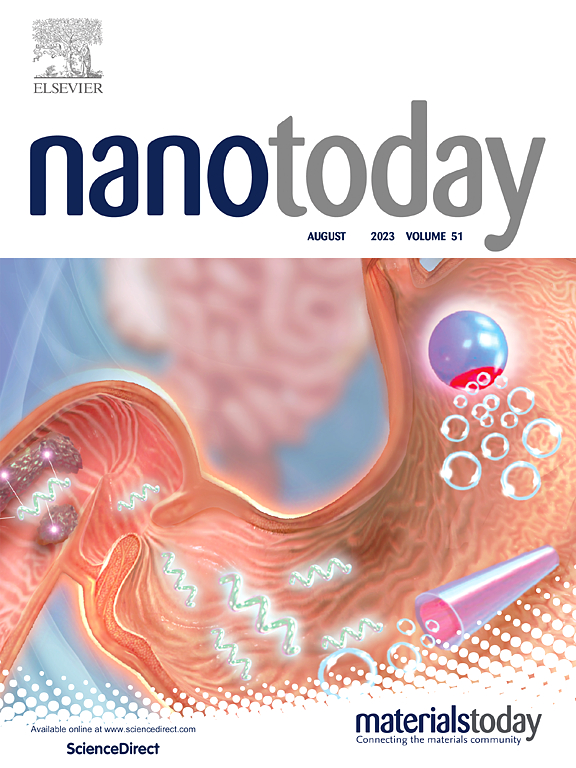A cationic hydrogel with anti-IL-17A-specific nanobodies for rheumatoid arthritis treatment via inhibition of inflammatory activities of neutrophils
Abstract
Rheumatoid arthritis (RA) is a chronic inflammatory joint disease primarily driven by inappropriate infiltration and activation of immune cells and pro-inflammatory cytokines. Among them, neutrophils with high plasticity play a pathogenic role in RA by abnormal neutrophil immune activities. As anti-IL-17A therapies failed to achieve long-term ideal therapeutic outcomes in clinical trials, we speculated that the underlying cause may be associated with the abnormal activity of neutrophils that have a direct link to IL-17A. Herein, we created a cationic hydrogel loaded with anti-IL-17A nanobodies (Nbs) capable of synergistically weakening the inflammatory activities of neutrophils and relieving inflammation in RA. Based on the host-guest interaction, the hydrogel was comprised of β-cyclodextrin-modified hyperbranched polylysine (HBPL-CD) and adamantane-modified hyaluronic acid (HA-Ad). The physical properties were adjusted to match the mechanical environment of joints and enable injection. The hydrogel with Nbs could adsorb cell-free DNA (cfDNA) persistently and slowly release anti-IL-17A Nbs, which synergistically alleviated the inflammatory activities of neutrophils via inhibiting the IL-17A stimulated neutrophil extracellular traps (NETs) of neutrophils from RA patients and mice with collagen-induced arthritis (CIA), reducing the level of pro-inflammatory cytokines, and suppressing the inflammatory phenotype of neutrophils in vitro. The ankle injection of the hydrogel with Nbs into a mouse model of CIA could alleviate the RA symptoms in vivo. This novel platform is believed to provide a guideline for treating IL-17A-related diseases by combining Nbs with the immunoregulation of neutrophils.

 求助内容:
求助内容: 应助结果提醒方式:
应助结果提醒方式:


